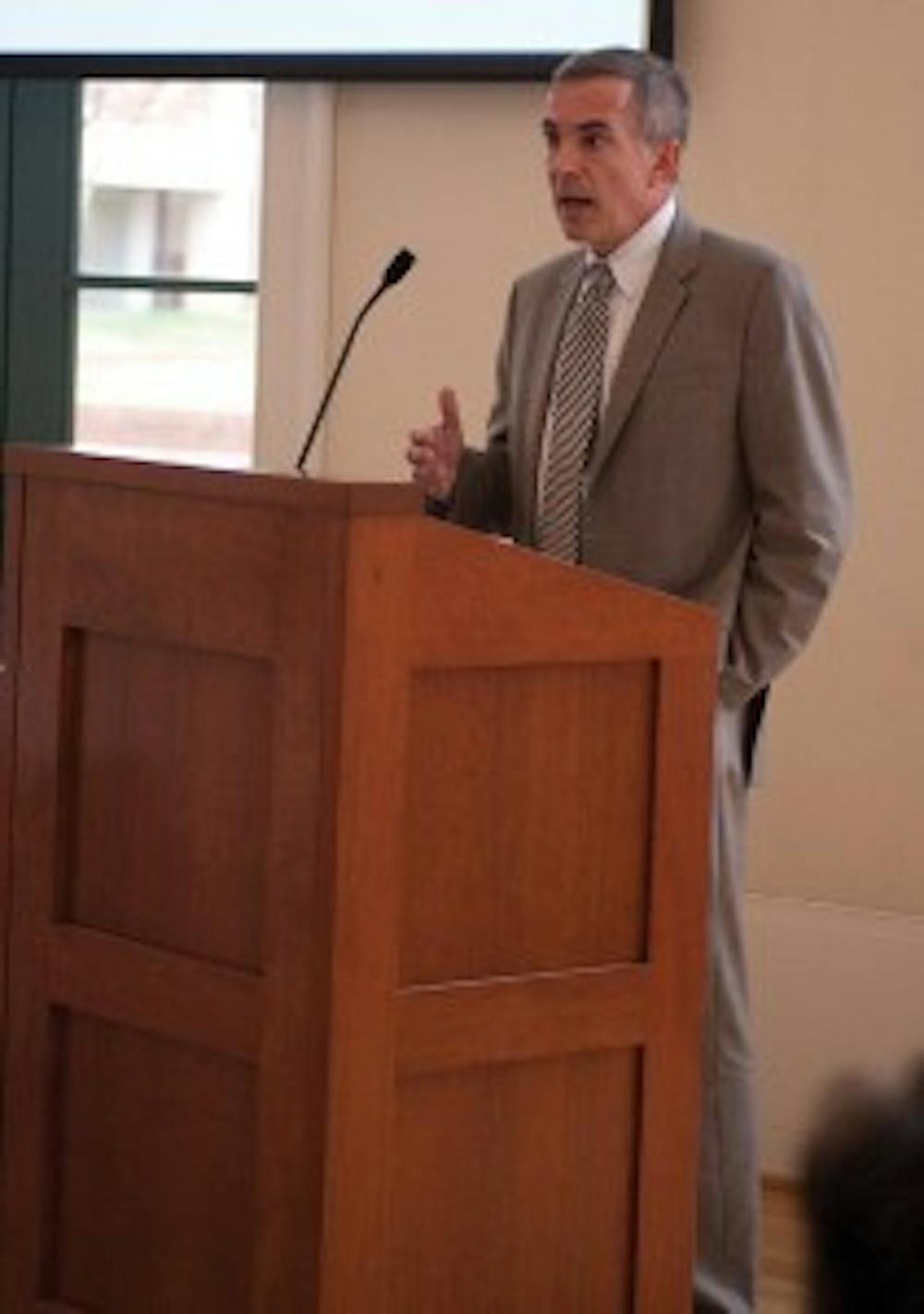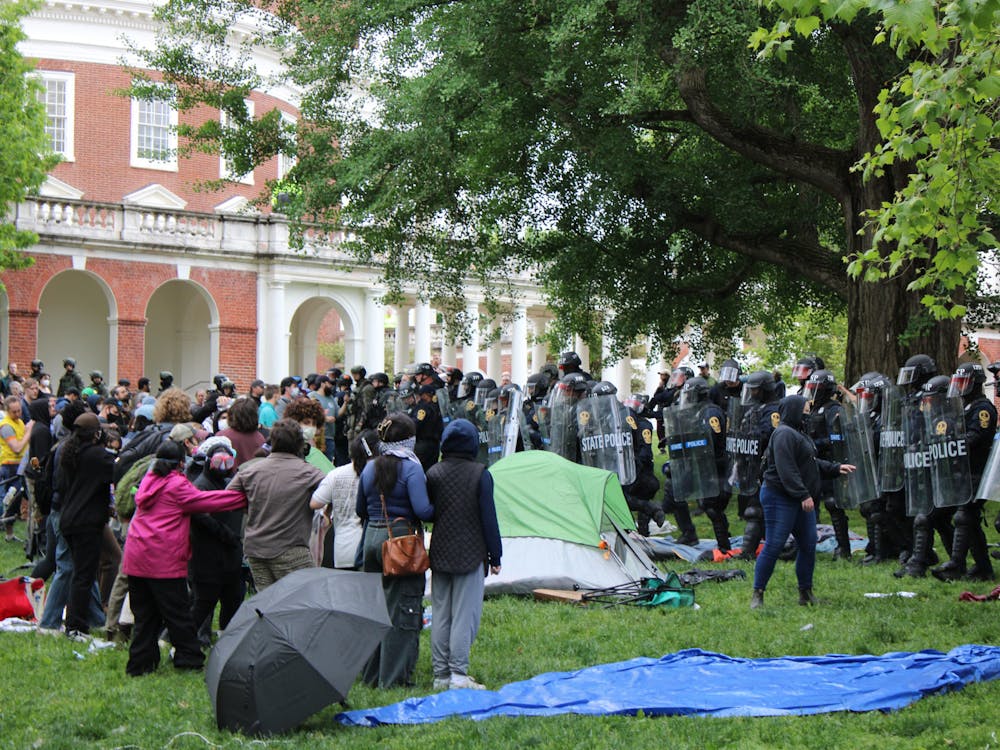The Law School hosted a panel yesterday discussing the 2001 U.S. anthrax attacks which killed five and injured 17 others.
The panel focused its discussion on a report reviewing sealed materials relevant to the investigation of the attacks and to the mental health of Dr. Bruce Edwards Ivins, the key suspect behind the attacks. Ivins committed suicide by overdosing on Tylenol in 2008 before charges could be filed against him by the Federal Bureau of Investigation.
A 2010 Department of Justice investigative summary concluded Ivins had used anthrax taken from his work place at the U.S. Army Medical Research Institute of Infections Diseases in Maryland.
The panel for the discussion included Greg Saathoff, the executive director of the University Critical Incident Analysis Group; Ronald Schouten, the director of the Law and Psychiatry Service of Harvard Medical School; David Willman, a Pulitzer Prize winning Los Angeles Times journalist who published a book about Ivins; and Christopher Holstege, co-chairman of the University's Critical Incident Analysis Group. University Law Prof. Brandon Garrett moderated the discussion.
Willman said Ivins' mental health helped explain the tragic fallout of the attacks.
"The evidence in this case shows that Bruce Ivins was a very disturbed man," Willman said. "His conduct over a period of literally decades is very germane to the public's understanding of his alleged culpability in this case."
The FBI's investigation of the anthrax attacks began in 2001 and lasted until Feb. 19, 2010. Willman said the FBI continued its investigation until it was certain Ivins was the sole perpetrator.
"People were killed by the letter attacks," Willman said. "The FBI didn't close the investigation until the FBI became satisfied... that the actual perpetrator had been identified and actually killed himself, which denied the opportunity to provide adjudication of this very momentous case."
The discussion also covered possible measures which could be taken to prevent acts of bioterrorism. Schouten identified several of the circumstances which enabled Ivins to create and weaponize anthrax without garnering suspicion. He said personnel programs and timely monitoring of personnel who handle biological materials could help avoid a similar oversight.
"A lot of information on Ivins' problems was available [but] the systems in place simply were not used," Schouten said. "The focus needs to be on making them operational, and using the information appropriately"





